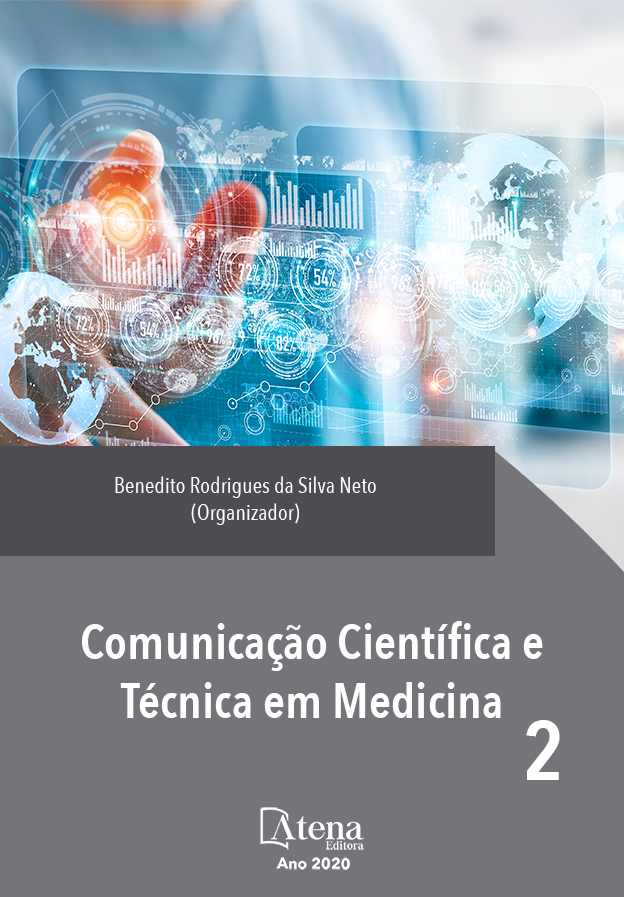
A DISSECAÇÃO COMO INSTRUMENTO DE ESTUDO DAS ESTRUTURAS ANATÔMICAS RESPONSÁVEIS PELA PRODUÇÃO E CIRCULAÇÃO DO LÍQUIDO CEREBROSPINAL
O líquido cerebrospinal ou líquor consiste em um líquido claro e proteico, formado dentro das cavidades ventriculares do sistema nervoso central (SNC) nos plexos corióideos, parede ependimária, parênquima cerebral e derivado do líquido intersticial. No entanto, a visualização das estruturas envolvidas na produção e circulação desse líquido em peças anatômicas pode ser limitada, uma vez que o material cadavérico de encéfalo é sensível, podendo sofrer danos com o manuseio constante dos alunos. Dessa forma, a contínua renovação do acervo anatômico pode propiciar ao estudante melhor identificação e compreensão dos componentes envolvidos em sua produção e circulação. Com isso, o objetivo desse artigo foi utilizar a dissecação como método de estudo e aprendizagem das estruturas envolvidas na produção e circulação do líquido cerebrospinal. Para isso, uma análise qualitativa descritiva da percepção discente acerca do uso da dissecação como método de estudo foi abordada e descrita, previamente e após as atividades, por meio de um relato de experiência. Foi selecionada uma peça anatômica de encéfalo proveniente do acervo do Laboratório de Anatomia Humana (ICBIM/UFU). A peça foi seccionada ao longo do plano sagital, sendo as estruturas anatômicas responsáveis pela produção e circulação do líquido cerebrospinal expostas. Além da visualização e identificação dessas estruturas, a dissecação também permitiu ao estudante adquirir maiores informações sobre o tema após as atividades, facilitando e aprofundando seu conhecimento do SNC. Pode-se concluir que a dissecação permitiu conhecer as estruturas relacionadas com a produção e circulação do líquido cerebrospinal, além de possibilitar ao estudante a aquisição de maiores informações na área.
A DISSECAÇÃO COMO INSTRUMENTO DE ESTUDO DAS ESTRUTURAS ANATÔMICAS RESPONSÁVEIS PELA PRODUÇÃO E CIRCULAÇÃO DO LÍQUIDO CEREBROSPINAL
-
DOI: 10.22533/at.ed.9892016091
-
Palavras-chave: anatomia, dissecação, líquido cerebrospinal, sistema nervoso central, plexo corióideo
-
Keywords: anatomy, dissection, cerebrospinal fluid; central nervous system; choroid plexus
-
Abstract:
The cerebrospinal fluid (CSF) consist in a clear and protein liquid, produced inside of the ventricular cavities of the central nervous system (CNS) in the choroid plexus, ependymal cells, cerebral parenchyma and due to the interstitial fluid. However, the visualization of the structures involved in the production and circulation of the CSF in the anatomical parts can be limited, once the cadaveric material of the encephalon is sensitive and suffer damage with the constant manipulation of the students. Thus, the continuous renovation of the anatomic collection can provide to the student a better identification and comprehension of the contents involved in the production and circulation of the CSF. Thereby, the objective of this article is to use the dissection as a method of study and learning about the production and circulation of the CSF. For this, a descriptive qualitative analysis of the student perspective about the study method was approached and described, previously and after the activities, through a experience report. It was selected a anatomical part of the encephalon provided from the collection of the human anatomic laboratory (ICBIM/UFU). the piece was sectioned along the sagittal plane, being the anatomical structures responsible for the production and circulation of the exposed CSF. Besides the visualization and identification of this structures, the dissection also allowed the student to purchase more informations about the theme after the activities, going deeper and easier on the CSN knowledge. To sum up, the dissection not only allowed to know the structures related to the production and circulation of the fluid, but also enables the student to acquire more information on this area.
-
Número de páginas: 9
- ISABELLA POLYANNA SILVA E SOUZA
- MONIQUE COSTA DIAS
- SIMONE CRISTINA PUTRICK
- VANESSA NEVES DE OLIVEIRA
- POLYANNE JUNQUEIRA SILVA ANDRESEN STRINI
- Paulinne Junqueira Silva Andersen Strini


